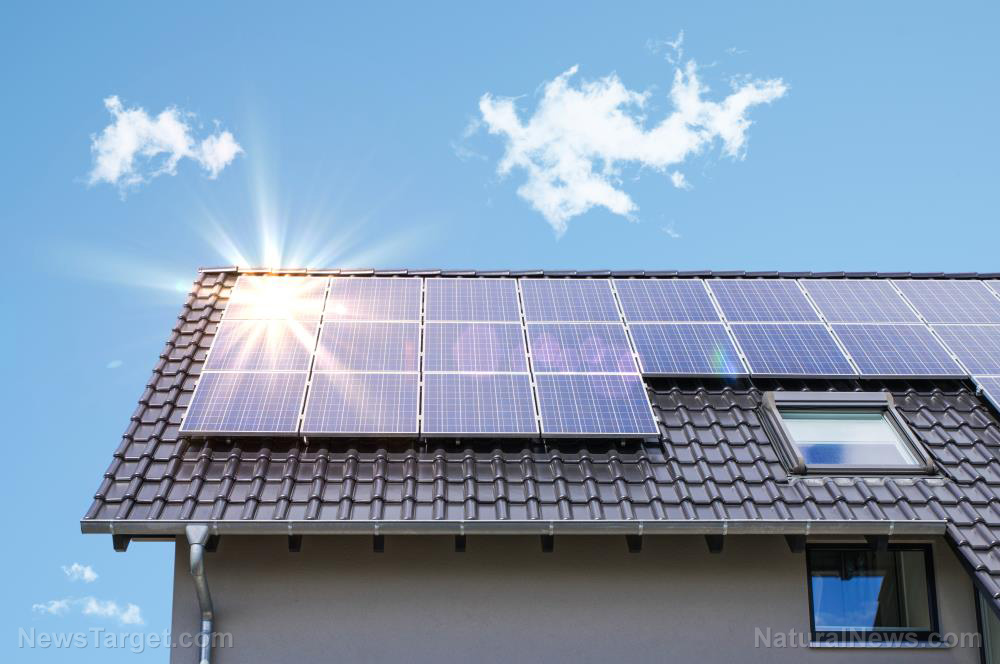Volcanic activity in Antarctica responsible for changes in climate in the region; not global warming
10/06/2017 / By Isabelle Z.

According to new findings that were published in the Proceedings of the National Academy of Sciences, a series of volcanic eruptions are responsible for the rapid climate change that took place in the Southern Hemisphere at the end of the most recent ice age.
The researchers from the Desert Research Institute (DRI) say that a 192-year series of eruptions that came from the West Antarctic’s Mount Tahake volcano coincided with the rapid deglaciation that was seen 17,700 years ago and the beginning of the rise in concentrations of greenhouse gas around the world. These eruptions, they say, released gases that formed an ozone hole in the stratosphere above Antarctica.
These climate changes included a poleward shift in the westerly winds around the continent of Antarctica, along with changes in the extent of sea ice, deep ocean ventilation, and ocean circulation. Evidence of such changes has long been seen throughout the Southern Hemisphere, but it was not known what caused them. The scientists say that the changes caused by the volcanos spurred a shift from a mostly glacial climate state to an interglacial one, adding that the chances of it merely being a coincidence are extremely low.
They said that the fallout from the eruptions, including high levels of toxic heavy metals and hydrofluoric acid, reached more than 2,800 kilometers from Mount Takahe to southern America.
Ice core studies provided valuable insight
The scientists reached their conclusions after taking high-resolution measurements of ice cores that were extracted from various remote locations. One ice core they studied, the West Antarctic Ice Sheet Divide (WAIS Divide), was drilled more than two miles deep and analyzed for over 30 chemical species and elements. Further analysis and studies of modeling were carried out at other institutions to support their findings.
Dr. Michael Sigl explained how unusual the occurrence was: “Imagine the environmental, societal, and economic impacts if a series of modern explosive eruptions persisted for four or five generations in the lower latitudes or in the Northern Hemisphere where most of us live!”
Mount Takahe is a giant stratovolcano measuring 35 kilometers across and has a caldera of 10 kilometers. Its summit collapsed into the middle of it during an eruption, and it is believed to have been active for a few hundred thousand years.
University of Leicester Volcanologist John Smellie says that massive eruptions like the ones in question that can fundamentally alter our climate are still a very real possibility today. While one eruption might not necessarily be fatal, repeated ones over a prolonged period would have a long-lasting impact on the environment.
Similar rapid warming period also caused by volcanic eruptions
Another rapid warming period, the Paleocene-Eocene Thermal Maximum, took place 56 million years ago and was also caused by carbon dioxide being released gradually from volcanic eruptions. This is according to researchers from a different study that combined computer simulations with fossil shell analysis from organisms found in a northeast Atlantic Ocean sediment core. Analyzing the boron content provided clues about the acidity of the ocean, leading them to conclude that the carbon dioxide came from volcanic eruptions.
Sources include:
Tagged Under: Antarctica, climate change, global warming, ice age, ice core, Mount Takahe, natural disaster, stratovolcano, volcanic activity, volcanic eruptions, volcanos, weather




















